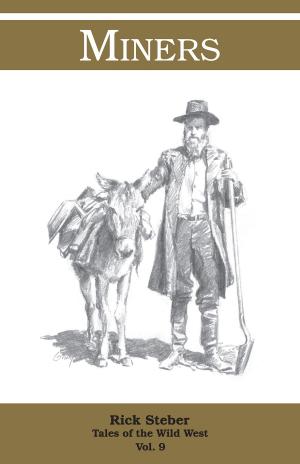| Author: | Rick Steber | ISBN: | 1230000012889 |
| Publisher: | Bonanza Publishing | Publication: | August 19, 2012 |
| Imprint: | Language: | English |
| Author: | Rick Steber |
| ISBN: | 1230000012889 |
| Publisher: | Bonanza Publishing |
| Publication: | August 19, 2012 |
| Imprint: | |
| Language: | English |
A tall tale begins innocently with convincing facts and a few trivial details thrown in. But in the course of the story the limits of believability are stretched to the breaking point. ln the end we are left wondering how we could have been so naive, so darn gullible.
America's tall tales have been handed down through generations and are tirmly rooted in character, situation and landscape. In the past a skillfully-told yarn was a diversion from the drudgery and monotony of everyday life and tellers of tall tales were held in high regard because their stories made people laugh.
A tall tale is best enjoyed when told aloud. Dialect, intonation and gestures add to the story. A pause here. A shake of the head there. A practiced laugh. A wink, a sly smile or a deadpan look provide seasoning and can communicate as much as a well-placed word.
In our modern fast-paced world, dominated by instant communication, changing technology and constant entertainment, the tall tale is no longer considered an essential part of everyday life. As a result, the telling of tall tales has become a dying art form.
A tall tale begins innocently with convincing facts and a few trivial details thrown in. But in the course of the story the limits of believability are stretched to the breaking point. ln the end we are left wondering how we could have been so naive, so darn gullible.
America's tall tales have been handed down through generations and are tirmly rooted in character, situation and landscape. In the past a skillfully-told yarn was a diversion from the drudgery and monotony of everyday life and tellers of tall tales were held in high regard because their stories made people laugh.
A tall tale is best enjoyed when told aloud. Dialect, intonation and gestures add to the story. A pause here. A shake of the head there. A practiced laugh. A wink, a sly smile or a deadpan look provide seasoning and can communicate as much as a well-placed word.
In our modern fast-paced world, dominated by instant communication, changing technology and constant entertainment, the tall tale is no longer considered an essential part of everyday life. As a result, the telling of tall tales has become a dying art form.















